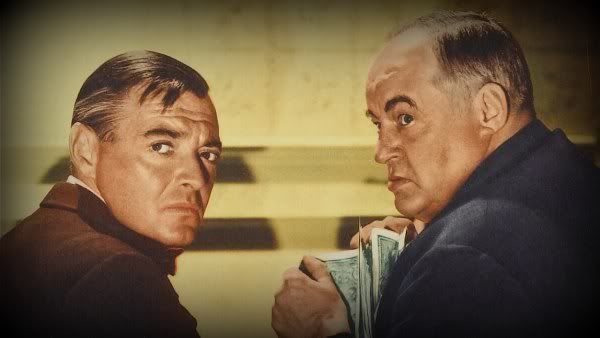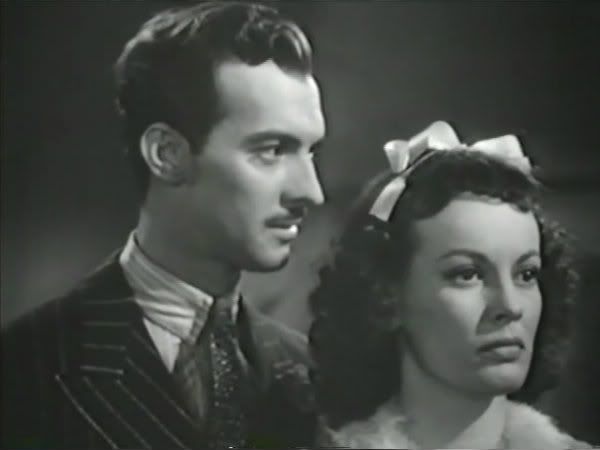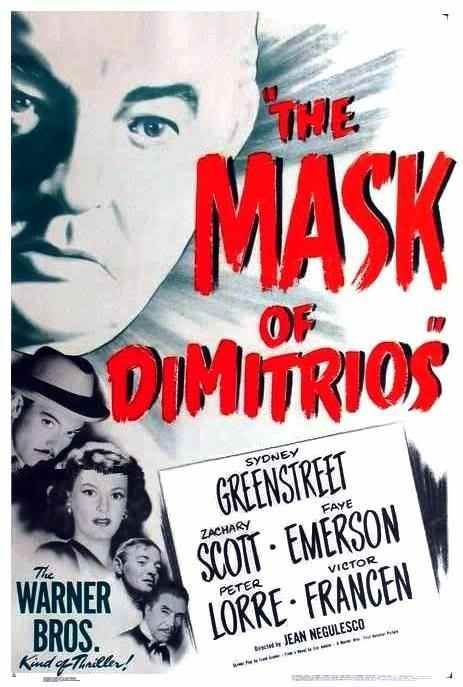
John Huston’s version of The Maltese Falcon is one the most perfectly cast films in movie history. To some extent or other, it permanently defined the image and career of each of its major players. This was especially true for the nearly 300 pound stage veteran Sidney Greenstreet, who in the picture made his screen debut as Kasper Gutman at the age of 62. Gutman’s associate in crime, meanwhile, was Joel Cairo, played by the diminutive Peter Lorre.
The two played together phenomenally well, and given their contrasting physiques, had a pleasing Mutt and Jeff quality. This was fairly normal for comedian partnerships like Laurel & Hardy or Abbott & Costello. It has remained rare, however, for dramatic actors. Still, under the studio system, with both men under contract to Warners, it was easy to cast them together. In the end, the two appeared in eight more pictures together.
Sadly, though, that number is somewhat deceptive. Both actors are in Casablanca, for instance, but don’t have any scenes together. In the wartime piffle Hollywood Canteen, they briefly appear together as themselves, one link in the film’s long chain of cameo appearances. In Background to Danger and Passage to Marseille, they don’t interact in any way suggestive of a partnership. I haven’t seen The Conspirators yet, but again Greenstreet and Lorre are supporting characters in that one.
However, the two were afforded the opportunity to topline a small number of Warners ‘B’ pictures together. I’ve wanted to see these for decades now, but they always eluded me. Happily, this has changed recently. Warners press on demand DVD-R collection has finally released several of these titles to disc, the first time they’ve been so honored. And so I’ve finally seen The Verdict (an upcoming Tuesdays with Lorre subject), and Three Strangers has just been released. Hopefully some library in our system will buy the movie, but one way or another, I’ll track it down.
If the murder mystery The Verdict, with its Victorian English setting, was the one I most wanted to see, right on its heels was the thriller The Mask of Dimitrios. It’s probably the best known of the pair’s starring features, but oddly it’s the one Warners hasn’t released yet. Luckily, I was able to avoid further waiting when veteran FoJ Roger H. offered to record it for me when it played on TCM recently. And so another itch has finally been scratched. Thanks, Roger!
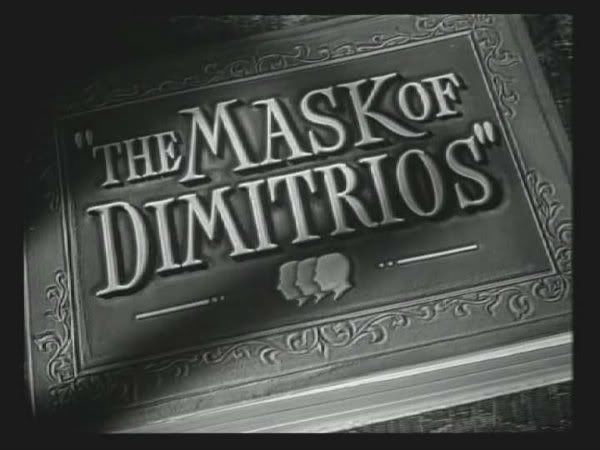
To my vast relief, it was worth the wait. Despite being fourth billed, Lorre is actually the film’s main character. Aside from Greenstreet, who always was billed above Lorre (and who utterly dominates the advertising poster art for the film), Zachary Scott as Dimitrios got second billing, while Faye Emerson received third billing. The latter seems especially odd, given that Ms. Emerson appears in the film for but one stretch lasting maybe ten minutes. However, she had recently married Eliot Roosevelt, the son of the President, and Warners was trying to capitalize on her sudden fame.
Mystery author Cornelius Leyden (Lorre) is farting around Istanbul when he meets a fan in a high ranking police official. The latter tells him the tail of one Dimitrios Makropoulos, a nogoodnik of long standing whose body has just washed up on shore. Leyden grows increasingly interested in Dimitrios’ exploits, and even goes for a look at the body. From there, somewhat like the reporter protagonist of Citizen Kane, he travels around interviewing people who knew Dimitrios over the years, generally to their regret (Ms. Emerson being one of these).
These stories are told in flashback, and reveal Dimitrios to be a real bastard; a murderer, cheat, blackmailer and betrayer. He’s sort of a less charismatic Harry Lime, not nearly as operatically grand of a figure, but equally monstrous. Along the way, the unwitting Leydon picks up a tail in the person of Mr. Peters (Greenstreet). Peters is also tracking down information on Dimitrios. Realizing that Leydon is doing the same, he maneuvers to find out what his apparent competitor is up to.
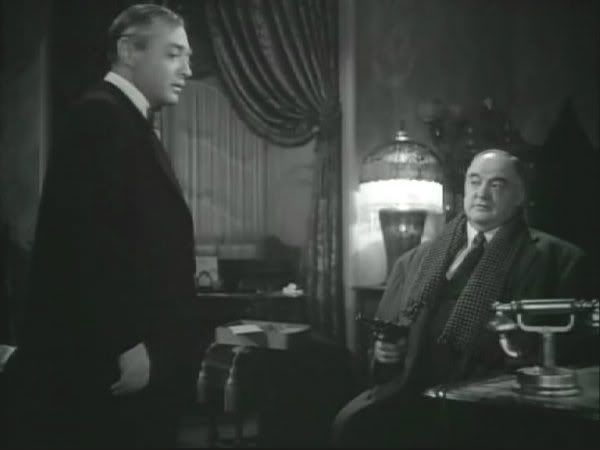
I don’t really want to get more into things than that. Anyone interested in such films will be much better served to hunt down a copy themselves. I’ve little doubt Warners will be adding the title to their Archive Collection soon, given their other recent releases. It’s worth the wait. However, I will say there’s a bit near that end that so blatantly apes a big scene from The Maltese Falcon that I was literally incredulous. Luckily, the remainder of the film is marvelous.
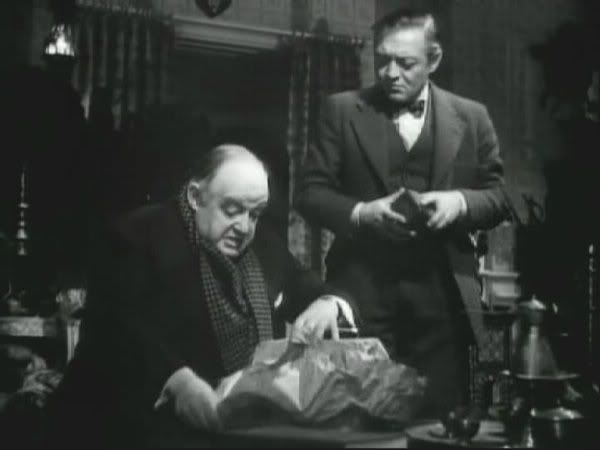
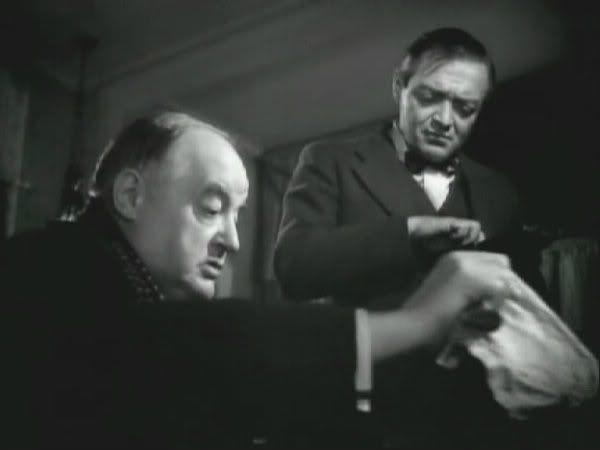
As noted, Lorre’s is the main character here. He’s afforded a bit of gray at the sides of his hair, and a pair of glasses, an odd look that sets Leydon apart from the actor’s other roles. His interplay with Greenstreet is predictably terrific. The two were friends offscreen, and handily bring a ton of chemistry to the screen.
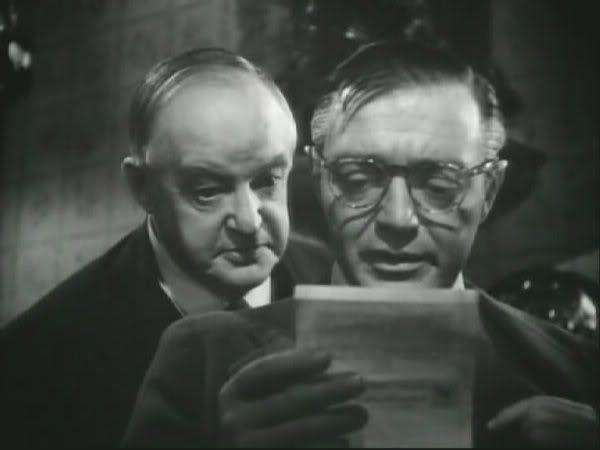
Romanian director Jean Negulesco worked with the two more than any other director, helming as well The Conspirators and Three Strangers. As the film goes along, the duo is pleasingly afforded many scenes together, and without other character to distract us from watching them in action. In many ways, these films with Lorre represented his peak in America. The films may have been Bs, but they were well-mounted studio Bs, and Lorre was the co-star rather than a supporting player.
Negulesco takes advantage of the two’s divergent body types, and the blocking often shifts so that the camera can capture the pair from a variety of angles. Lorre several times performs one of his trademark sprawls across furniture—a gambit of his I never picked up on until I started watching many of his early studio films for these reviews; the older, fatter Lorre presumably wasn’t limber enough to keep that up—but later in the movie Greenstreet puckishly is given a sprawl of his own.
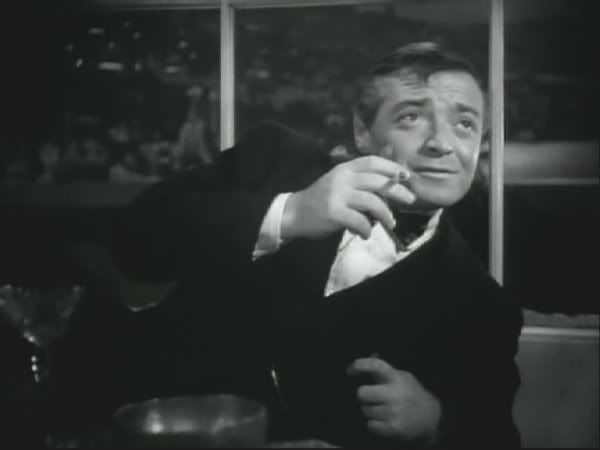
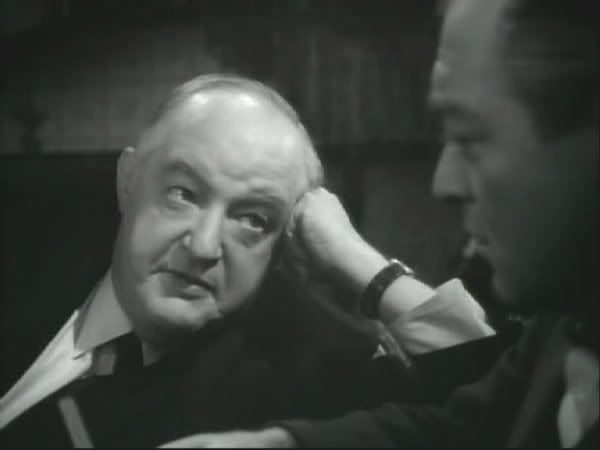
Ms. Emerson isn’t really given that much to do, and given her prominent billing—especially if you don’t know the story behind it—it’s rather bizarre when she has her scene and then disappears. You kind of keep waiting for her to return, but she never does.
Mr. Scott appears in the flashbacks, evincing a vulpine look suggestive of a slicker, more handsome brother of Lee Van Cleef. He’s OK, but frankly he’s less interesting then Lorre and Greenstreet. One flashback in particular drags on a bit, because when you down to it, Scott isn’t who we’re here to see.
Boring!
Director Negulesco made his three Greenstreet / Lorre features back to back to back. (I only wish the three had made a half dozen more.) Indeed, he nearly made the first one, as he was working on a Maltese Falcon adaptation (the book had been adapted twice before, unsuccessfully) before John Huston ended up doing it. Of course, if Negulesco had made the film, different actors probably would have been cast, and everyone’s history radially changed.
Still, Huston felt bad, and suggested that Negulesco might instead adapt the novel A Coffin for Dimitrios. Huston’s advise, as he himself had did with Maltese Falcon, was to “Just do the book page by page.” The director and the film’s producer, Henry Blanke, followed this advise, and Mask for Dimitrios proved quite popular, if no Maltese Falcon.
Negulesco claimed it was his idea, and there’s no reason to doubt him, to cast character actors Greenstreet and Lorre as the stars. It was their first starring feature together. Going further, the director later credited Lorre with saving the picture. “Lorre was the most talented man I have ever seen in my life,” he said.
Dimitrios was Negulesco’s first feature; he had been helming musical shorts for Warners for years by then. The film hit, and Neguleso went on to early success with the melodramas Humoresque with Joan Crawford and Johnny Belinda with Jane Wyman. By the ‘50s he had moved on to major films like How to Marry a Millionaire, Three Coins in the Fountain and Daddy Long Legs with Fred Astaire. He continued to work until 1970. His most Jabootu-esque picture is the hilarious camp classic The Best of Everything, a big soapy flick about the compromises women have to make in seeking success in the business world.
The subject today was adapted from the novel A Coffin for Dimitrios by Eric Ambler, arguably the inventor of the modern thriller. Ambler’s work was also the basis for the previous Tuesdays with Lorre subject Background to Danger.
